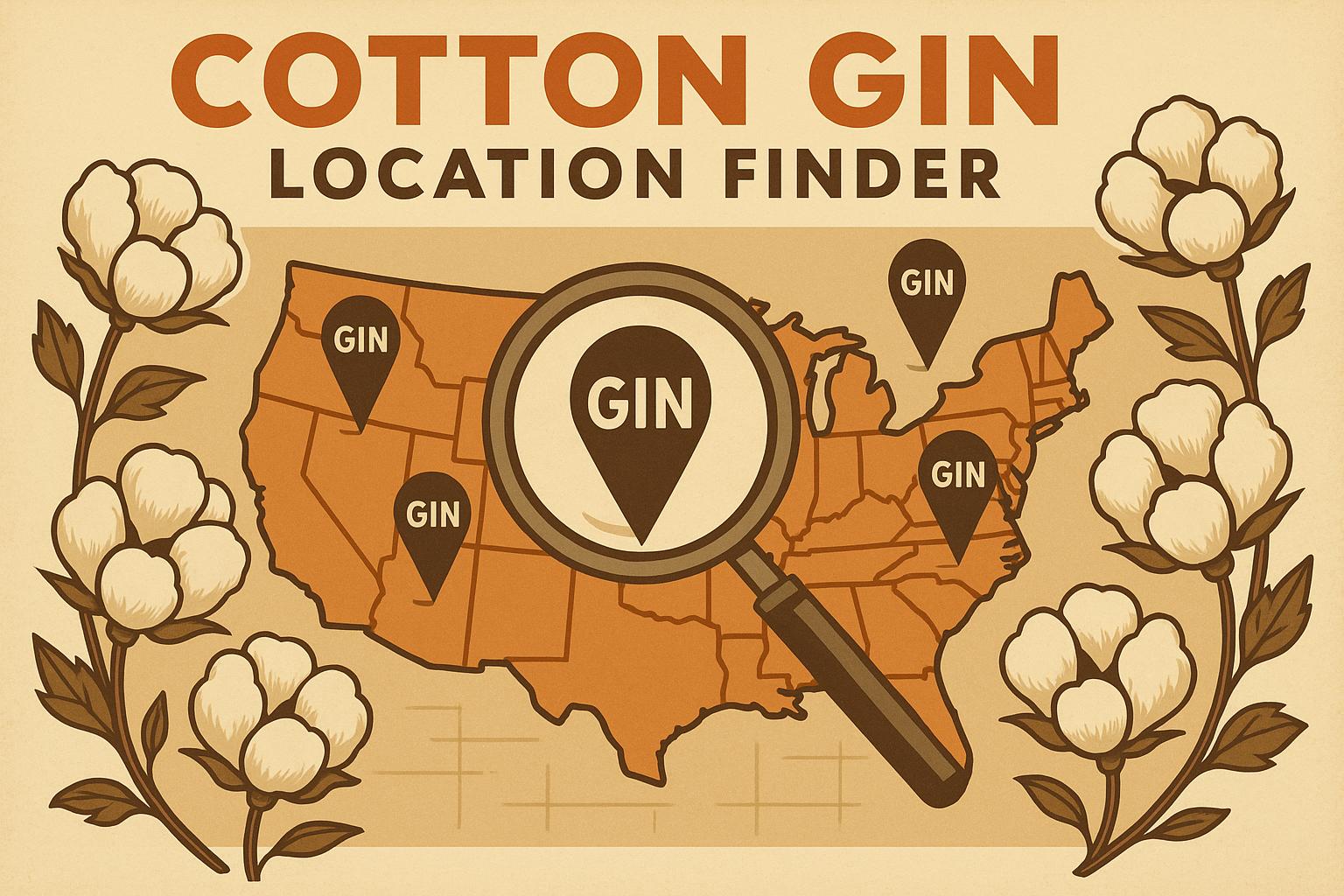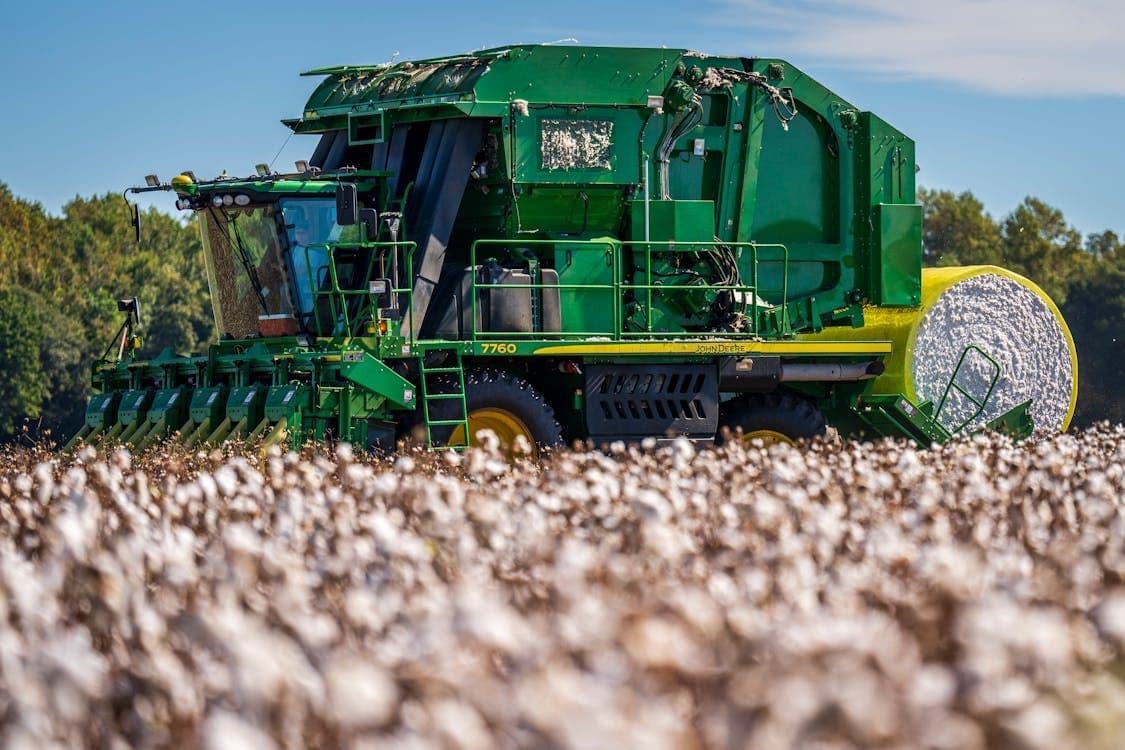Agriculture is at the heart of economic and cultural life for many, particularly in the cotton industry. However, global challenges such as climate change, resource scarcity, and shifting market demands are driving a massive transformation in how farming is done. Enter smart farming technology - a blend of tradition and innovation that is reshaping production processes, boosting yields, and ensuring long-term sustainability. Modern farming in China serves as an exemplary case study in this agricultural revolution, offering valuable lessons for cotton producers and stakeholders worldwide.
This article delves into how China’s adoption of smart farming technologies is enhancing productivity while preserving natural resources. By exploring these advancements, professionals in the cotton industry can glean actionable insights to modernize their operations and remain competitive in a rapidly evolving agricultural landscape.
The Rise of Smart Farming: Tradition Meets Technology
A Balance of Heritage and Innovation
China’s agricultural sector exemplifies a seamless merger of tradition and tech. Farmers continue to respect age-old planting cycles, such as those guided by the ancient Chinese calendar, but integrate cutting-edge tools like satellites, sensors, and AI-driven systems. This synergy ensures that while heritage remains intact, farming becomes increasingly efficient and less wasteful.
For cotton producers, this approach highlights a key lesson: technology doesn’t replace tradition - it enhances it. By combining local knowledge with data-driven tools, farmers can optimize planting and harvesting schedules, reduce manual labor, and better respond to environmental uncertainties.
Precision Agriculture: Doing More with Less
A hallmark of China’s smart farming revolution is precision agriculture, which emphasizes efficiency through data and automation. Satellite-guided tractors, moisture probes, and seed mapping tools are being widely adopted to ensure that resources like water, fertilizer, and seeds are used only where and when they are needed. For example, in dry farming regions, water gates open on time, and fields receive precise irrigation. These measures reduce waste, lower costs, and protect the soil.
For cotton growers, precision agriculture holds the potential to address some of the industry’s biggest challenges, such as water conservation and pest management. Advanced moisture probes, for instance, could help optimize irrigation in water-scarce areas, while drones equipped with cameras can monitor crop health and detect pest infestations early.
Automation and Artificial Intelligence in Farming
Self-Driving Harvesters and Smart Logistics
One of the most striking examples of automation in China’s agricultural landscape is the deployment of self-driving harvesters. For instance, in northern regions like the Gang Han Plain, wheat fields spanning over 33 hectares are harvested in less than 36 hours with minimal human intervention. Autonomous machinery reduces labor requirements, minimizes errors, and improves safety, especially during nighttime operations.
For cotton gin operators, similar automation technologies could revolutionize gin processes. Automation ensures faster, more accurate sorting and cleaning of cotton fibers while minimizing contamination and maximizing output quality.
AI-Driven Forecasting and Monitoring
Artificial intelligence is another game-changer. Data platforms in China are forecasting pest outbreaks before they happen, allowing farmers to act proactively. AI-driven soil and weather analysis also guides planting decisions, ensuring crops are resilient to shifting climates.
In the cotton industry, AI-driven forecasting tools can help producers predict market demand, anticipate potential threats to crops, and streamline harvesting logistics, resulting in more consistent and profitable operations.
Sustainable Practices: Protecting Today’s Resources for Tomorrow
Soil as Capital, Not Commodity
China’s approach to sustainability emphasizes treating soil as an investment rather than an expendable resource. Modern practices such as gentle tilling, residue cover, crop rotation, and nutrient mapping are reversing years of soil degradation. Drones are frequently deployed to scan soil health and fine-tune fertilizer application, ensuring nutrients reach where they are needed most.
For cotton farmers, adopting similar soil-conservation methods can enhance long-term productivity. Techniques like crop rotation with legumes or the use of cover crops can improve soil fertility, reduce erosion, and lower reliance on chemical inputs.
Water Efficiency and Resource Management
Efficient water use is another cornerstone of sustainable farming in China, particularly in arid regions. Smart drip irrigation systems and water-saving technologies are reducing consumption while maintaining or even increasing yields. For example, in the cotton-producing regions of Xinjiang, drip lines save water by delivering moisture directly to the roots of each plant.
The cotton industry, known for its high water demand, can greatly benefit from similar systems. Installing smart irrigation can not only reduce water use but also lower operational costs and improve environmental outcomes.
Turning Research into Action: Training and Knowledge Sharing
Training the Next Generation of Farmers
China’s Smart Agriculture Demonstration Parks serve as hubs for innovation and education, training thousands of farmers and agricultural experts. These facilities test and refine technologies before scaling them to local farms and even exporting successful methods abroad.
The cotton industry can replicate this model by creating regional training centers where farmers can learn to use advanced tools, adopt sustainable practices, and share insights.
Exporting Innovation
China’s commitment to sustainable farming extends beyond its borders. Programs in regions like Mauritania demonstrate how to turn arid lands productive through solar-powered drip irrigation and local knowledge-sharing initiatives.
This international exchange underscores the importance of collaboration within the cotton industry. By sharing best practices, adopting innovations from other regions, and fostering partnerships, stakeholders can collectively build a more sustainable and prosperous future.
Key Takeaways
- Blend Tradition with Technology: Combine age-old farming wisdom with modern tools like sensors, AI, and satellite data to optimize production.
- Adopt Precision Agriculture: Use data-driven methods such as moisture probes, seed mapping, and satellite-guided equipment to minimize waste and maximize efficiency.
- Leverage Automation: Invest in autonomous machinery and AI-driven systems to reduce labor costs, improve safety, and enhance output quality.
- Prioritize Soil and Water Conservation: Implement sustainable practices like crop rotation, residue cover, and drip irrigation to protect natural resources.
- Invest in Training and Collaboration: Establish regional hubs or programs to educate farmers on best practices and foster industry-wide knowledge sharing.
- Plan for Long-Term Sustainability: Treat soil and water as valuable assets, adopting methods that balance short-term productivity with long-term resource preservation.
Conclusion
China’s smart and sustainable farming practices offer a fascinating glimpse into the future of agriculture, demonstrating that innovation and tradition can coexist to create a more efficient and resilient industry. For professionals in the cotton sector, these advancements provide a roadmap for modernizing operations while staying true to the values of stewardship and sustainability.
By adopting precision agriculture, leveraging smart technologies, and investing in resource conservation, the cotton industry can not only increase profitability but also ensure its long-term viability. Now is the time to take lessons from China’s agricultural transformation and apply them to advance the cotton trade in a rapidly changing world.
Source: "MODERN SMART FARMING in China: Technology Reshaping the Fields" - Richard Aguilar, YouTube, Aug 21, 2025 - https://www.youtube.com/watch?v=YrtOd0TV31s
Use: Embedded for reference. Brief quotes used for commentary/review.


